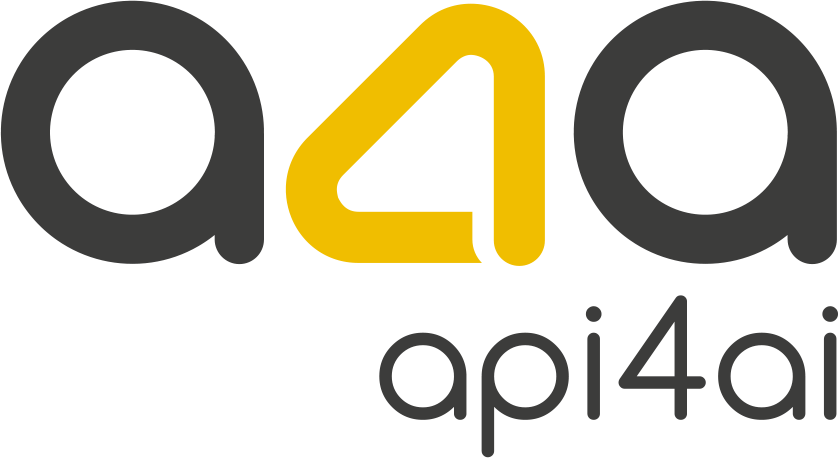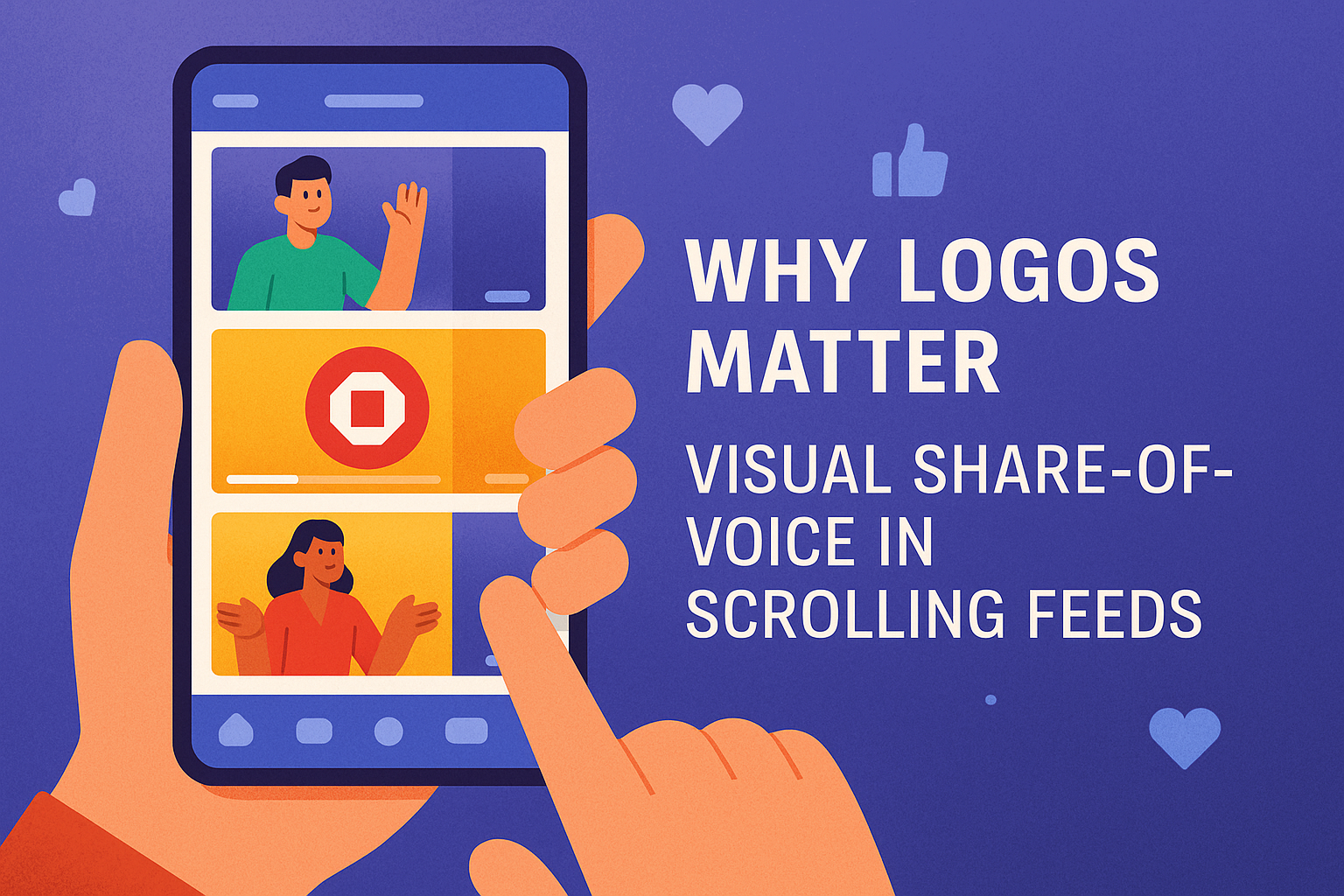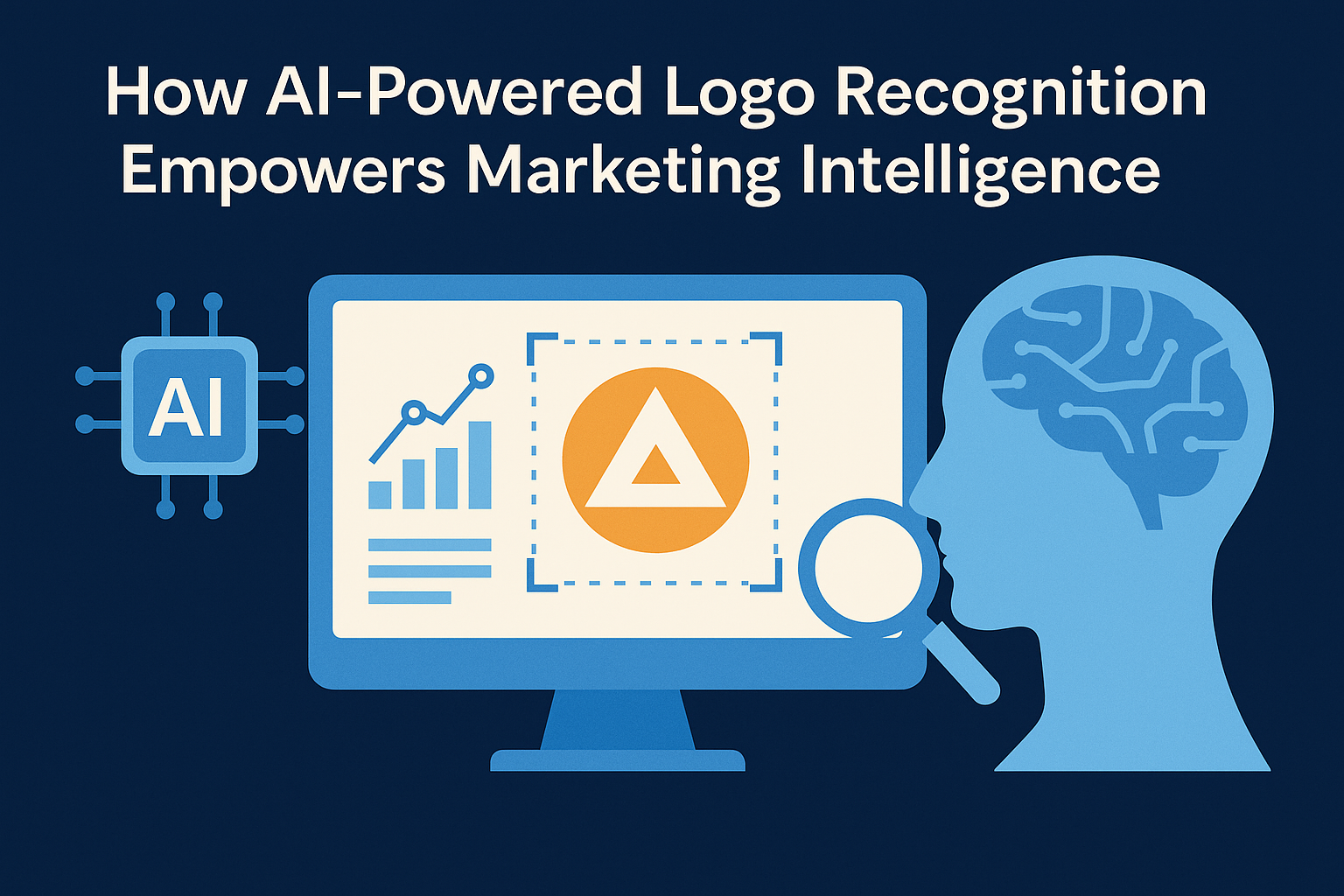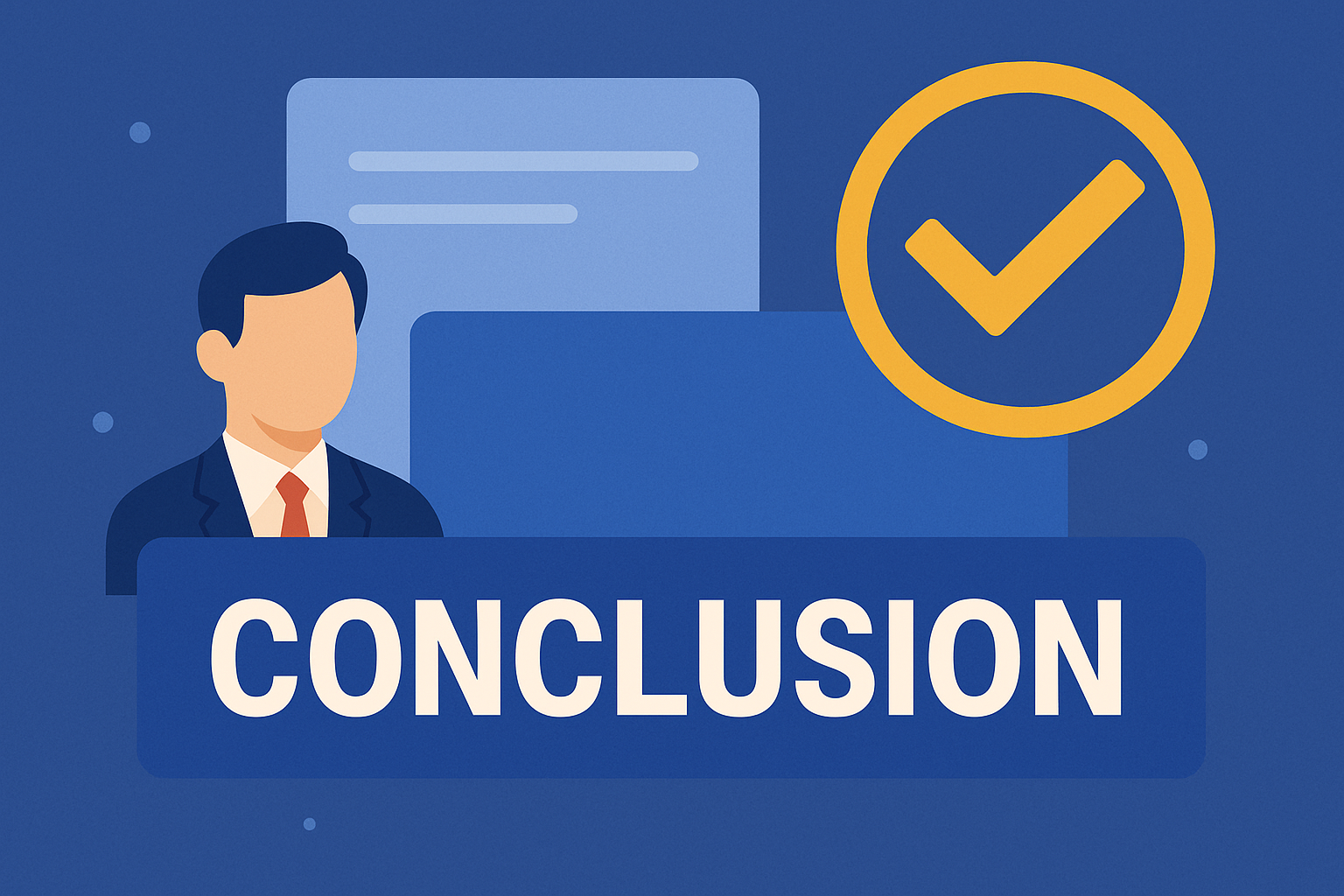Visual Intelligence: How Brands Win in Short-Form Video Feeds
Introduction
The digital attention economy has never been more compressed than it is today. Platforms such as TikTok, Instagram Reels, and YouTube Shorts have redefined how consumers discover, engage with, and remember brands. These short-form videos, typically lasting only a few seconds, are designed to deliver maximum impact in minimal time. For consumers, this means constant novelty and entertainment. For brands, it creates a high-stakes battleground where visibility is fleeting and the margin for error is razor thin.
For senior executives, the shift to short-form video is more than just a marketing trend—it represents a fundamental change in how brand equity is built and measured. Traditional digital strategies that rely heavily on text mentions, hashtags, or long-form storytelling are losing relevance. In an environment where viewers swipe past content in under 10 seconds, what ultimately sticks is not the message alone, but the visual presence of a brand.
Logos, packaging, and visual cues carry disproportionate weight in these feeds. Whether or not a post explicitly tags a brand, the moment a logo flashes on the screen, an impression is made. Multiplied across thousands of user-generated posts and influencer campaigns, these fleeting appearances form a hidden layer of brand equity—a metric many organizations have yet to measure.
This is where visual intelligence becomes strategic. By systematically tracking how often and where logos appear across the vast flow of short-form content, brands can quantify their “visual share-of-voice.” This metric goes beyond likes or follower counts, providing a tangible way to understand whether a brand is actually winning or losing attention in the endless scroll.
As the competition for visibility intensifies, C-level leaders must recognize that short-form video is not merely an additional channel in the marketing mix. It is rapidly becoming the primary arena where consumer perceptions are shaped. Those who can measure, analyze, and act on visual presence will not only safeguard their brand relevance but also capture a decisive advantage in the evolving attention economy.
The Accelerating Power of Short-Form Video & Brand Visibility Imperatives
Short-form video has become the growth engine of digital media. In 2025, platforms like TikTok, Instagram Reels, and YouTube Shorts are no longer niche channels for younger demographics—they are now mainstream ecosystems where billions of daily interactions take place. Consumers across all age groups engage with these formats because they deliver immediacy, entertainment, and novelty in bite-sized moments. For marketers, this means the highest concentration of audience attention has shifted decisively into spaces where content is consumed in seconds, not minutes.
The implications for brand visibility are profound. Unlike traditional television or even long-form YouTube content, where a logo or product may remain in view long enough to establish familiarity, short-form feeds allow only a brief window for recognition. The average viewer scrolls after seven to ten seconds, often without sound and with little patience for overt marketing. This makes visual cues—logos, packaging, color palettes, and brand marks—the primary carriers of brand equity.
For executives, the challenge is twofold. First, ensuring that the brand is consistently present in these feeds, whether through paid campaigns, influencer partnerships, or user-generated content. Second, measuring that presence in a way that moves beyond vanity metrics such as view counts or likes. The question is not only “How many times did our content appear?” but rather “How often was our brand seen in the moments when consumer attention was most focused?”
This shift demands a new category of performance indicators: visibility metrics rooted in the actual visual presence of the brand. Traditional text-based tracking—mentions, hashtags, captions—captures only part of the story. In fast-moving feeds, a logo may appear in a video without ever being named. Ignoring these moments leaves significant gaps in how brand impact is measured.
C-level leaders need to recognize that short-form video is not just another channel to allocate budget toward—it is the arena where brand recognition and competitive positioning are increasingly decided. In this environment, the ability to quantify and optimize visual visibility is not an experimental tactic, but a strategic necessity. Those who treat it as such will be able to capture disproportionate share of voice in the fastest-growing segment of digital media.
Why Logos Matter: Visual Share-of-Voice in Scrolling Feeds
In the world of short-form video, words often fail to keep up with the speed of consumption. Captions may be skipped, hashtags overlooked, and audio muted. What remains constant, however, is the visual impression. A logo appearing for just a second on a bottle, a sports jersey, or a billboard in the background of a TikTok or Reel is enough to register subconsciously with the viewer. These impressions, multiplied thousands of times across feeds, quietly shape consumer perception.
For executives, this dynamic introduces an important concept: visual share-of-voice. Traditionally, share-of-voice has been measured through advertising spend or the number of times a brand is mentioned in media. But in today’s attention economy, those measures alone are insufficient. Visual share-of-voice reflects the percentage of times a brand is seenrelative to competitors within the chaotic scroll of user-generated and influencer content. It captures the real estate a brand occupies in the most valuable commodity of all—consumer attention.
Logos sit at the center of this measurement because they function as universal identifiers. They transcend language, work across demographics, and deliver instant recognition. A viewer may not read a caption or listen to an audio cue, but they will recognize a familiar logo without effort. This makes logos an anchor for assessing presence in short-form feeds, even when the brand is not explicitly tagged.
What makes this even more strategic is that these fleeting moments of exposure are often organic. Unlike paid placements, they reflect how a brand naturally permeates cultural conversations and consumer behavior. For example, a sports drink logo visible in the background of a fitness influencer’s Reel may carry more authentic weight than a formal advertisement, because it feels unforced. By tracking and quantifying these instances, executives gain visibility into the true cultural penetration of their brand.
For C-level leaders, the takeaway is clear: logos are not simply decorative elements of brand identity—they are measurable assets that define competitive positioning in short-form environments. Understanding visual share-of-voice allows organizations to see beyond vanity metrics and into the genuine equity their brand commands in the spaces where modern attention is captured and lost within seconds.
How AI-Powered Logo Recognition Empowers Marketing Intelligence
If logos are the anchor of visual presence in short-form video, then the next question for executives is straightforward: How do we measure them at scale? With billions of videos uploaded each month across TikTok, Instagram Reels, and YouTube Shorts, manual monitoring is impossible. Traditional social listening tools, which rely on hashtags or text mentions, cannot capture the silent but powerful moments when a logo appears without being named. This is where AI-driven logo recognition becomes a game-changer.
Modern computer vision technologies can now scan each frame of a video, detect brand logos in real time, and quantify how often—and where—they appear. Unlike human monitoring, these systems work continuously, across millions of content pieces, without fatigue or bias. For executives, this translates into a level of visibility that was previously unimaginable: knowing not just when your brand is being discussed, but when it is being seen.
The strategic applications of this capability are far-reaching:
Campaign effectiveness: Measure whether sponsored content or influencer collaborations are truly delivering on visibility. Instead of relying only on impressions reported by platforms, leaders can track actual logo appearances and compare them with investment.
Competitive benchmarking: Understand how frequently competitor logos appear in the same feeds. This provides a visual equivalent of market share analysis, showing where rivals may be outperforming in organic or paid exposure.
Consumer culture mapping: Identify which demographics, regions, or content categories naturally feature your brand most. For example, a snack brand may discover its strongest visual share-of-voice comes from fitness-related content rather than lifestyle creators, prompting a strategic realignment.
Technically, this is enabled by advanced APIs that specialize in brand and logo recognition. These solutions can be integrated into marketing analytics pipelines, transforming raw video streams into actionable insights. For organizations with unique requirements, custom-built computer vision models can refine detection to specific logos, products, or packaging variations. While this requires up-front investment, it creates long-term strategic value by aligning AI capabilities directly with a company’s growth objectives.
For senior decision-makers, the key realization is that AI-powered logo recognition moves brand measurement out of the realm of estimates and into the realm of evidence. By quantifying the hidden layer of visual exposure in short-form feeds, executives gain a concrete, defensible metric that can inform strategy, validate spend, and uncover opportunities long before they are visible through traditional analytics.
Strategic Applications for C-Level Decision-Makers
Once executives understand the power of visual intelligence, the conversation shifts from possibility to impact. The question is no longer whether short-form video should be measured visually, but how leaders can apply these insights to achieve tangible business outcomes. AI-powered logo recognition is not just a technical capability—it is a strategic tool that reshapes how organizations compete, allocate resources, and capture market share.
Competitive Benchmarking
Every leadership team wants to know where they stand relative to rivals. Traditional media monitoring captures spend or mentions, but it rarely reveals how brands actually appear in the cultural conversation. Visual intelligence fills this gap. By tracking competitor logos across TikTok, Reels, and Shorts, executives gain an unfiltered picture of who dominates attention in key categories. If a competitor’s logo is appearing organically more often than your own, it signals a need to rethink sponsorships, influencer partnerships, or creative strategy.
Campaign ROI Measurement
Marketing spend is under increasing scrutiny, and boards are demanding harder evidence of returns. Logo recognition enables leaders to measure whether a paid collaboration or campaign actually translated into visual exposure. Instead of relying solely on vanity metrics like impressions, executives can see exactly how many seconds their logo appeared on screen, how often it was visible across influencer content, and how that compares to the investment made. This creates a new level of accountability and confidence when presenting ROI to stakeholders.
Market and Demographic Insights
Understanding where a brand naturally resonates is vital for shaping growth strategy. Visual intelligence allows organizations to see not only how often their brand appears, but where it is most visible—whether in particular regions, content categories, or demographic segments. For example, a fashion brand may discover that its strongest visual presence is among fitness creators, opening an unexpected pathway for expansion. These insights guide smarter targeting, more effective partnerships, and more efficient budget allocation.
Tailored, Long-Term Advantage
While ready-to-use APIs can deliver immediate value, custom-built solutions allow enterprises to align visual intelligence with their unique objectives. A global beverage company may require detection that distinguishes between different packaging designs in multiple markets. A luxury brand may want to measure the visual impact of subtle product placements rather than overt logos. By investing in customized computer vision pipelines, organizations can create proprietary insights that competitors cannot easily replicate.
For C-level leaders, the strategic takeaway is that visual intelligence transforms video content from a noisy, fast-moving stream into a structured data source for competitive advantage. By integrating these capabilities into board-level reporting, marketing dashboards, and strategic planning, brands can move from reactive to proactive—making decisions not on assumptions, but on clear evidence of where attention is truly going.
SEO & Trend Optimization: Turning Visual Insights into Discoverability
Capturing attention in short-form video feeds is only half the battle. The other half is making sure that the brand’s visual presence translates into discoverability across search engines and social platforms. For executives, this means recognizing that visual intelligence and SEO strategy are no longer separate disciplines—they are converging.
Short-form videos drive conversations well beyond TikTok or Instagram. When a logo is visible in trending content, it often sparks secondary waves of engagement: re-shares, user searches, and even traditional media coverage. If the organization has not aligned its SEO and content strategy with these moments, opportunities for amplification are lost. In an era where Google increasingly surfaces video snippets and visual content in search results, this alignment becomes a board-level concern, not a marketing detail.
Real-Time Trend Alignment
Executives can harness visual intelligence data to see which content themes are organically generating the highest visual exposure. By pairing this with real-time keyword tools such as Google Trends, organizations can pinpoint rising search terms that overlap with their visual presence. For example, if logo recognition shows that a brand appears most frequently in short-form videos tagged with “home workouts,” and search volume for that term is climbing, marketing teams can immediately optimize campaigns, website content, and product positioning around that insight.
Strengthening Search Visibility
The presence of a brand in short-form video feeds feeds directly into SEO performance when leveraged strategically. Incorporating trending terms like short-form video marketing, brand visibility metrics, and AI video analytics into blog posts, landing pages, and campaign messaging ensures that the brand surfaces where decision-makers are actively searching for answers. Visual data provides the proof; SEO optimization ensures the proof is discoverable.
Closing the Loop Between Feeds and Search
For senior leaders, the opportunity lies in building a feedback loop. Visual intelligence identifies where and how the brand is seen in short-form content. SEO strategy then extends that visibility into search ecosystems, amplifying both organic reach and paid efficiency. Together, they create a self-reinforcing system: the more visible a brand is in scroll feeds, the more searchable it becomes; the more optimized its search presence, the more likely it is to capture traffic from moments of fleeting video attention.
Ultimately, this convergence is about efficiency and foresight. Rather than treating short-form exposure and SEO as separate reporting silos, executives should view them as two sides of the same coin—both essential to building defensible visibility in an environment where attention slips away in seconds. Companies that master this integration will see stronger brand recall, higher organic discovery, and a sustained edge over competitors who still treat these channels in isolation.
Conclusion: Winning the Battle for Attention with Visual Intelligence
Short-form video has become the defining arena of modern marketing. Its pace is relentless, its shelf life fleeting, and its reach unmatched. For consumers, it is entertainment. For brands, it is both a challenge and an opportunity. The challenge lies in compressing recognition into seconds. The opportunity lies in measuring and amplifying that recognition with precision.
For senior executives, the message is clear: traditional marketing metrics cannot keep up with the velocity of short-form feeds. Likes, hashtags, and impressions tell part of the story, but they fail to capture the critical layer of being seen. Visual intelligence fills that gap by turning logos and brand marks into measurable data points, revealing the true extent of a brand’s presence across TikTok, Reels, and Shorts.
The ability to quantify visual share-of-voice is more than an analytical upgrade—it is a competitive differentiator. Leaders who adopt logo recognition technologies today can benchmark against rivals, validate marketing investments with hard evidence, and uncover new market opportunities hidden in organic exposure. Those who delay risk being outpaced in the very spaces where cultural relevance is being defined.
This is also where advanced AI solutions prove their strategic value. Ready-to-use APIs for brand recognition, image labeling, and object detection can deliver immediate insights. Meanwhile, tailored computer vision models provide enterprises with proprietary capabilities, ensuring that their measurement systems evolve with unique brand needs. While this requires thoughtful investment, it positions organizations to reduce long-term costs, strengthen ROI accountability, and secure a defensible edge in the attention economy.
As the digital landscape accelerates, brands must ask themselves a fundamental question: Are we guessing at our visibility, or are we measuring it with clarity? Those who embrace visual intelligence will not only understand where they stand today, but will also be equipped to lead tomorrow—turning every fleeting scroll into a moment of lasting impact.






